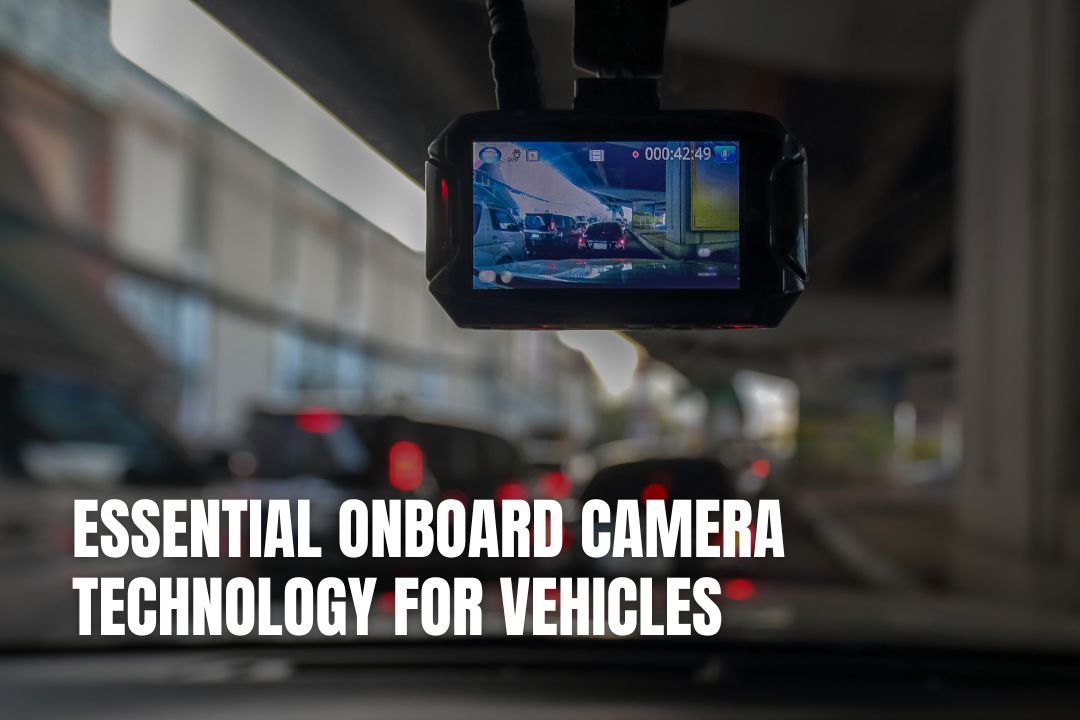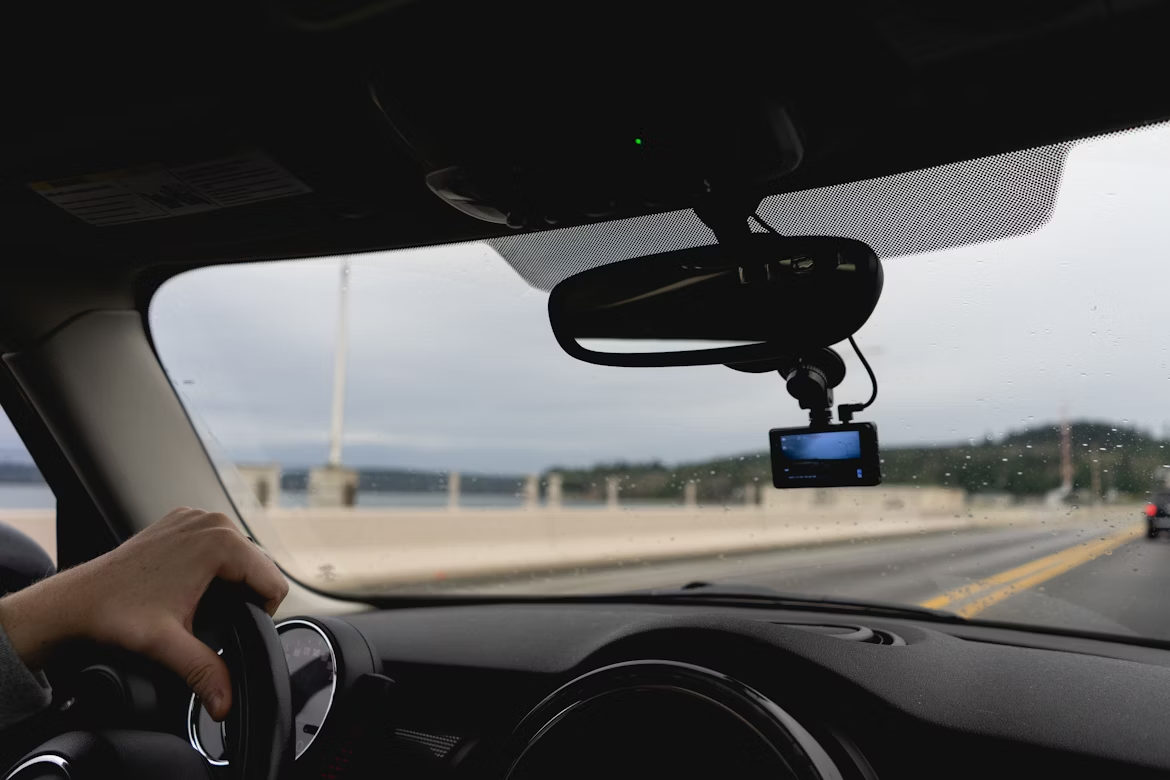
The demand for onboard camera technology in vehicles has surged. This growth stems from a need for enhanced safety, improved surveillance, and efficient fleet management.
Over the past decade, advancements in technology have revolutionized the capabilities of these cameras, making them vital for both personal and commercial use. From basic recording functionalities to complex analytics that can predict accidents, these systems have become critical companions on the road.

Onboard camera systems are designed to capture video footage while a vehicle is in operation. These cameras serve various purposes, including monitoring driver behavior, recording road conditions, and providing evidence in case of accidents.
Modern systems often consist of multiple cameras strategically placed around the vehicle, offering comprehensive coverage. This allows for both a frontal view of the road and a rear view for parking assistance.
Most importantly, onboard camera technology has evolved to incorporate Artificial Intelligence (AI) that enhances its functionality. AI can analyze driver behavior in real-time, providing immediate feedback and potentially reducing risky driving.
If a driver shows signs of fatigue or distraction, the system can alert them, promoting safer driving habits. Understanding how these cameras operate is key for fleet managers looking to improve safety and efficiency.
Selecting the appropriate onboard camera system depends on various factors tailored to specific needs. Fleet managers should think about the quality of the video footage, including resolution and frame rate. High-definition cameras provide clearer images and record finer details, which are invaluable during reviews of incidents. Another factor to take into account is the range of features offered by the camera system.
Ideally, the system should provide real-time alerts, cloud storage options for ease of access, and integration with existing fleet management software. The best commercial fleet camera solutions focus on delivering reliability, performance, and ease of use. Investing time in assessing various options ensures that the chosen system meets the unique demands of a fleet. Managers should evaluate the system’s ease of installation and maintenance requirements.
Scalable systems allow fleets to expand or upgrade without major overhauls. Reviewing customer support availability and warranty terms can help prevent downtime due to technical issues. It’s beneficial to analyze user feedback and case studies to understand real-world performance.
One of the most significant benefits of onboard camera systems is the enhanced safety they provide. Insurance premiums tend to decrease for teams that implement onboard cameras, as they can offer irrefutable evidence in the event of an accident.
Having footage of events can protect companies against fraudulent claims, saving financial resources in the long run. Onboard cameras act as an effective deterrent against unwanted behavior, encouraging safe driving practices among employees.
Companies focusing on driver training can leverage footage captured by these cameras to enhance their training programs. This improves fleet performance and promotes safer roadways. The integration of these technologies can bolster a fleet’s reputation for safety and reliability, critical traits in a competitive market.
The integration of onboard camera systems with advanced analytics has transformed how companies view and utilize footage captured during operations. These analytical tools can sift through vast amounts of data, deriving insights on driver behavior, vehicle performance, and fleet health.
Analytics can identify patterns that indicate areas in need of training or improvement. These systems can offer predictive features, allowing companies to plan maintenance and reduce vehicle downtime.
Fleet managers can plan timely maintenance to keep cars performing at their best by looking at things like wear and tear that are recorded on video. This integration between camera systems and analytics enhances operational efficiency and contributes to safety and customer satisfaction.

The future of onboard camera technology looks promising, with innovations constantly reshaping its capabilities. One trend expected to gain traction is the incorporation of 360-degree camera systems.
These systems will provide a holistic view around the vehicle, helping drivers navigate challenging environments more easily. Another significant area of growth is the connection to autonomous vehicle technology.
As self-driving cars gain acceptance, onboard cameras will play an important role in providing real-time data for navigation and safety. Integrating these features enhances the driving experience and promotes a safer transportation environment.
As technology evolves, staying informed about these developments will be vital for fleet managers aiming to maintain a competitive edge.
Onboard camera technology is a vital asset for vehicles. Incorporating these systems improves safety, efficiency, and performance across fleets. Understanding their functionality and keeping abreast of emerging innovations is critical for those looking to leverage technology to enhance their operational effectiveness.
The demand for onboard camera technology has grown significantly due to its ability to enhance safety, improve surveillance, and provide efficient tools for fleet management. These systems offer critical support for both personal and commercial vehicles.
Onboard cameras, especially those with AI, can monitor driver behaviour in real-time, identifying signs of fatigue or distraction. They can then alert the driver, encouraging safer habits and potentially reducing the risk of accidents. This is a key feature that Beacon Inside often highlights.
You should prioritise high-definition video quality, real-time alerts, secure cloud storage options, and seamless integration with your existing fleet management software. Also, consider the system's ease of installation, scalability, and the availability of reliable customer support.
Yes, many companies find that implementing onboard camera systems can lead to reduced insurance premiums. The recorded footage provides irrefutable evidence in the event of an accident, helping to protect against fraudulent claims and demonstrating a commitment to safety.
Advanced analytics tools process the vast amounts of video data captured by onboard cameras. They can identify patterns in driver behaviour, assess vehicle performance, and even predict maintenance needs, offering valuable insights that enhance operational efficiency and safety.